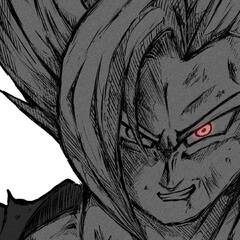Did Linux Mint leak into Windows in my dual drive-dual boot setup?
-
Featured Topics
-
Topics
-
nulcow ·
Posted in Laptops and Pre-Built Systems1 -
2
-
1
-
SteffanF ·
Posted in New Builds and Planning2 -
0
-
HyperPalBuddy ·
Posted in Audio0 -
0
-
wyndwalker ·
Posted in Power Supplies2 -
okkee ·
Posted in CPUs, Motherboards, and Memory2 -
princhiocus ·
Posted in Troubleshooting4
-
-
play_circle_filled

Latest From ShortCircuit:
I tried 20 influencer foods, here are the best… and the worst…
















Create an account or sign in to comment
You need to be a member in order to leave a comment
Create an account
Sign up for a new account in our community. It's easy!
Register a new accountSign in
Already have an account? Sign in here.
Sign In Now